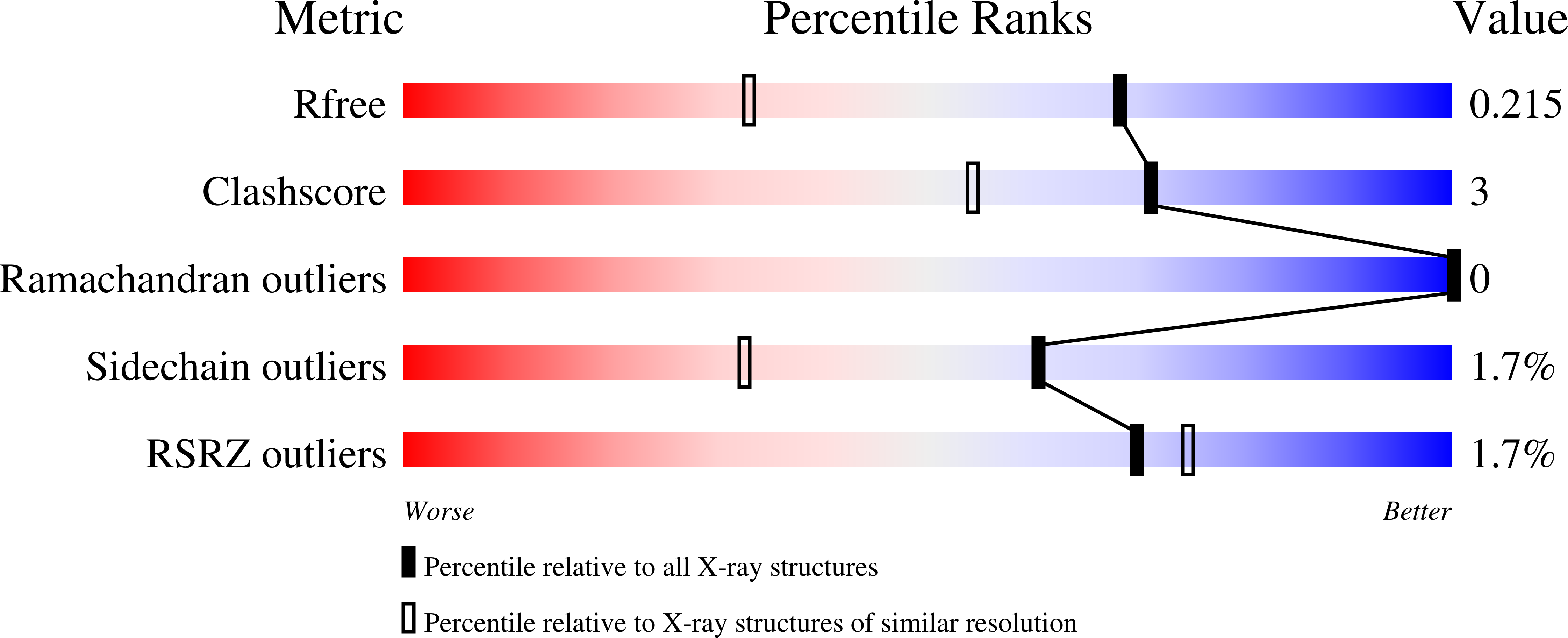
Deposition Date
2023-06-15
Release Date
2024-06-19
Last Version Date
2024-11-06
Entry Detail
PDB ID:
8T6F
Keywords:
Title:
Crystal structure of human MBP-Myeloid cell leukemia 1 (Mcl-1) in complex with BRD810 inhibitor
Biological Source:
Source Organism:
Escherichia coli K-12 (Taxon ID: 83333)
Homo sapiens (Taxon ID: 9606)
Homo sapiens (Taxon ID: 9606)
Host Organism:
Method Details:
Experimental Method:
Resolution:
1.56 Å
R-Value Free:
0.21
R-Value Work:
0.18
R-Value Observed:
0.18
Space Group:
P 21 21 2


